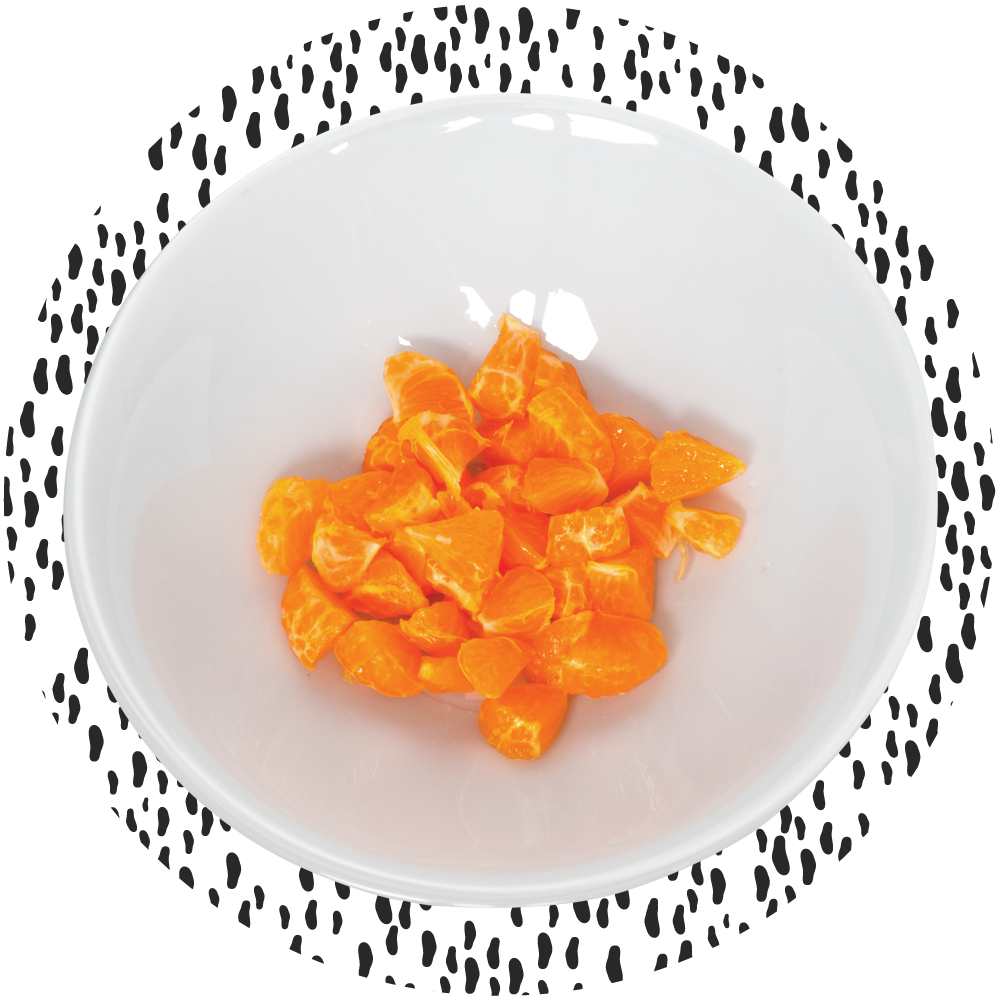Keeping your child from choking
- Home
- Ellyn Satter
- Older Baby / Almost Toddler
- Older Baby / Almost Toddler (9-12 Months)
- Keeping your child from choking


Do you worry that your child will choke?
Are there any foods you don’t let her eat
because you worry about choking?
What do you do to keep your child from choking?
Your child is still learning to chew and swallow, so she needs help to keep from choking. A too-big piece of food could slip down her throat and stop at the end of her windpipe. Then when she breathes in, the food could get sucked into her windpipe and keep her from breathing.
Gagging and choking are not the same. Your child gags when food gets on the back of her tongue before she is ready to swallow it. When she gags, she pushes the food back out again. If she can breathe, she is gagging, not choking.

© Ellyn Satter
HAND EXPRESSION
How it works
Use your hand to gently massage and compress your breast to remove milk.
What’s Involved
Average Cost
Free
Side-Lying Hold
This hold is useful when:
Cross-Cradle Hold
This hold is useful when:
Clutch or “Football” Hold
This hold is useful when:
Cradle Hold
This hold is useful when:
Laid-Back Hold
This hold is useful when: